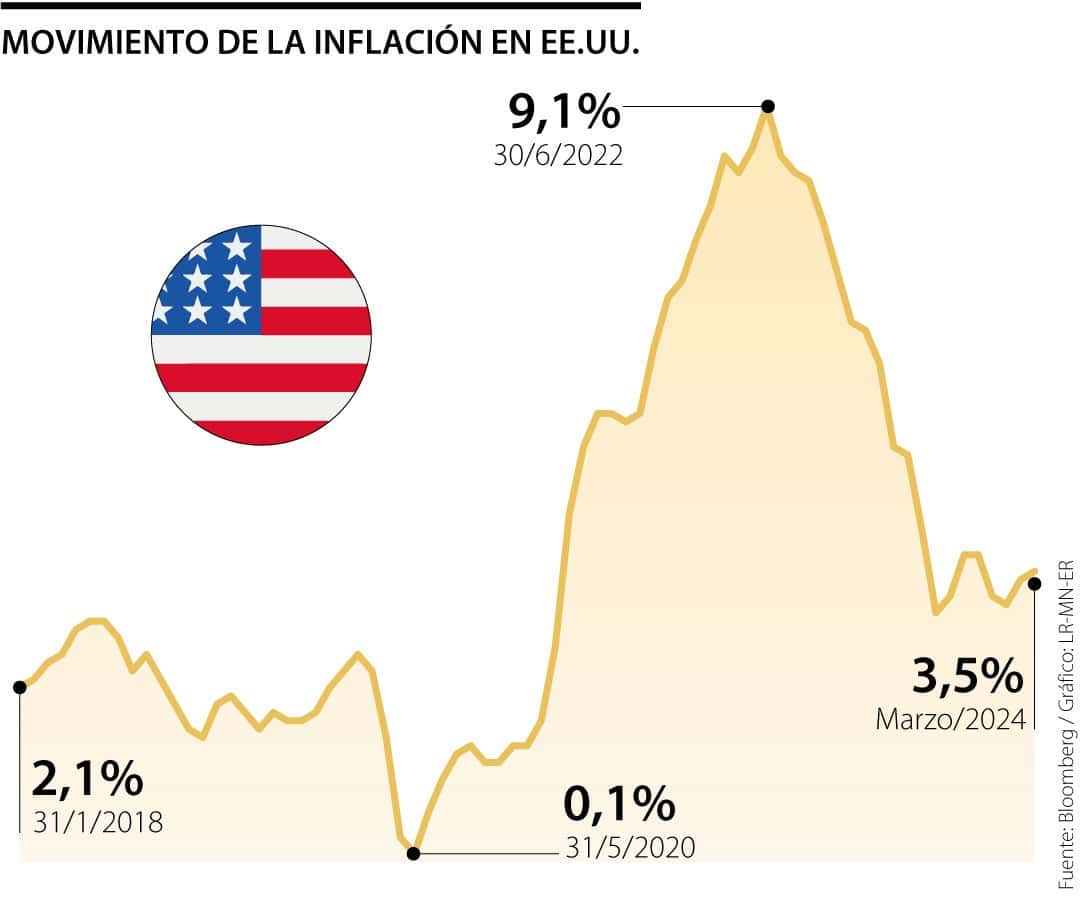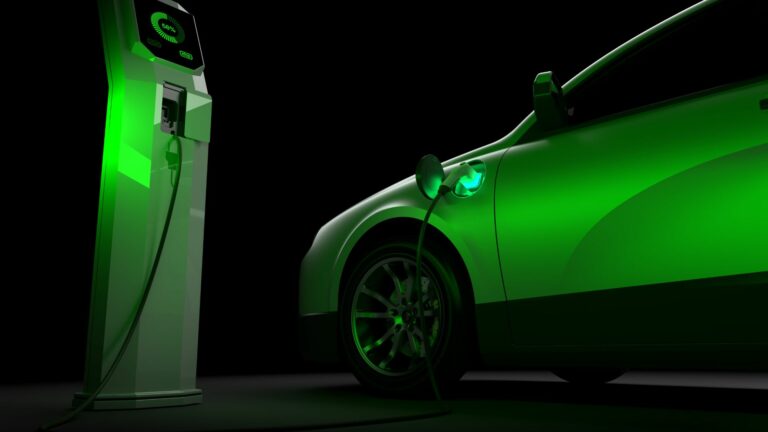The Inflation Reduction Act: a milestone for sustainable energy in the U.S. by the end of 2023 with record figures

The Inflation Reduction Act stands as a crucial milestone for the advancement of sustainable energy in the United States, marking a significant shift in the country’s energy policy at the end of 2023. This legislation has catalyzed unprecedented investment, channeling resources towards clean energy technologies such as renewable energy, electric vehicles, and energy storage solutions. The record figures emerging from its implementation underscore the transformation of the energy sector, highlighting not only the immediate impact on emissions reduction but also the boost to green job creation and the industrial stability expected in the long term.
In 2023, the United States experienced a surge in investment and adoption of sustainable energy technologies thanks to the implementation of the Inflation Reduction Act (IRA). This legislative milestone has driven a significant transformation in how the country addresses the climate crisis and promotes clean energy. Throughout the year, record figures were achieved in energy financing and installations, demonstrating the growing commitment of the U.S. towards a more sustainable future.
Record funding for the energy transition
The United States deployed an impressive $303.3 billion in funding aimed at the transition to clean energy technologies in 2023. This amount includes investments in renewable energy, electric vehicles, electrical grids, and more. The implementation of the IRA has been crucial in reaching this figure, facilitating the flow of capital towards sustainable projects aligned with the country’s climate goals.
Manufacturing installations and progress in energy storage
By the end of 2023, 104 manufacturing installations were expected, representing an announced investment of $123 billion. Battery installations stood out, with a total of 34 planned projects. Thanks to these initiatives, the U.S. established itself as the second largest energy storage market in the world, with a record capacity of 7.5 GW in operational battery storage.
Growing popularity of renewable energy
The year 2023 saw the addition of 42 GW of new renewable energy generation capacity to the U.S. grid. This expansion was primarily driven by an increase in solar installations, which continue to dominate the sector. The use of renewable energy reached unprecedented levels, accounting for 8.8% of the total energy demand and 23% of the country’s electricity demand.
Increase in electric vehicle sales
Electric vehicle sales also experienced a remarkable increase, rising by 50% and reaching nearly 1.46 million units sold. This growth was driven by new incentives for purchasing electric vehicles and the introduction of numerous models, which inevitably favored the adoption of more sustainable transportation technology.
Development of clean hydrogen and carbon capture projects
Interest in “clean” hydrogen continues to grow. During 2023, approximately 437 MW of new electrolyzers were shipped, and plans were announced to add nearly three million metric tons of low-emission hydrogen capacity through regional hubs. These initiatives are essential for facilitating the use of hydrogen in the future.
Additionally, carbon capture initiatives are also on the rise, with 137 Mtpa of new projects underway, compared to a baseline of 23 Mtpa in the U.S. To meet growing demand, projects are targeting various sectors, including power generation and hydrogen.
Energy trends and updates
U.S. CO2 emissions were 1.8% lower in 2023 compared to the previous year, despite transportation remaining the sector with the highest emissions. Moreover, energy productivity reached a new record, with economic growth of 3.8% observed in relation to a decrease in energy consumption.
Another notable aspect was a 4.3% increase in natural gas demand, fueled by a rise in LNG exports. However, total energy consumption experienced a decline of 1.4%, marking a trend towards more efficient and less energy-intensive use.
Investing in clean energy
Corporations purchasing clean energy saw a slowdown in 2023, signing contracts for 17.1 GW of carbon-free energy, compared to a record of 20 GW in 2022. This decline is attributed to inflationary pressures that have raised the prices of power purchase agreements.
On the other hand, the contribution of coal to energy generation fell to 15.8%, its lowest recorded level, primarily replaced by natural gas, which accounted for 43% of the country’s energy demand.
The historic Inflation Reduction Act has not only facilitated private investment but has also established a clear pathway towards decarbonizing the economy, placing the U.S. at the forefront of the global energy transition. The push towards adopting more sustainable practices and clean technologies is now stronger than ever, reflecting an unwavering commitment to the future of the planet.
Follow us on social media
The Inflation Reduction Act: a milestone for sustainable energy in the U.S. at the end of 2023
The implementation of the Inflation Reduction Act in 2023 marked a significant shift in the energy landscape of the United States, allowing for a historic increase in investments and the adoption of clean energy technologies. With a deployment of $303.3 billion in funding, this legislation has facilitated the transition to a more sustainable future and has enabled the reduction of greenhouse gas emissions.
One of the greatest achievements of the law has been the increase in installed renewable generation capacity, which totaled 42 GW in the last year. This growth was largely driven by the expansion of solar energy, which contributed to 8.8% of total energy demand in the U.S. coming from renewable sources. This type of development not only benefits the environment but also creates jobs in the sector, with more than 170,600 new jobs generated in the clean energy field.
Furthermore, the law has incentivized the manufacturing of innovative technologies, including energy storage. By the end of 2023, 104 proposed installations were recorded, with investments exceeding $123 billion, projecting substantial growth in battery storage capacity, making the U.S. now the second largest market in this area.
The impact of the law has been reflected in other sectors, such as transportation, where electric vehicle sales increased by 50%. These advances are essential for tackling climate change and promoting a model of responsible energy consumption, reflecting a trend towards a decrease in energy costs, which have fallen to 4.2% of total personal consumption expenditure in the country.
In summary, the Inflation Reduction Act has established a milestone in U.S. energy policy, providing a robust framework for the advancement towards a more sustainable energy system, with record figures highlighting the country’s commitment to effectively address climate challenges.





